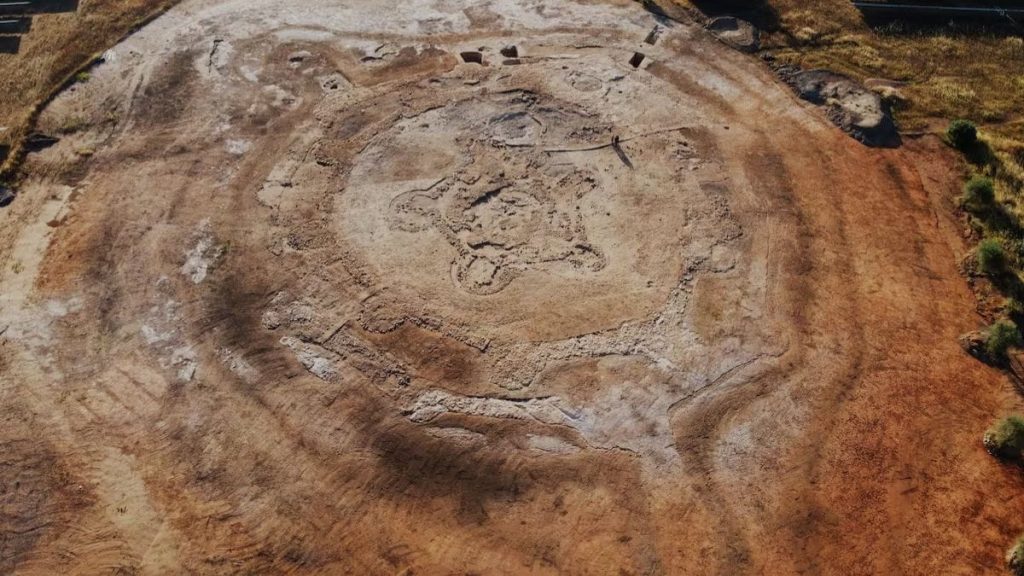5,000-Year-Old Spanish Fortress Reveals Roman-Era Burial with Dagger

A nearly 5,000-year-old fortress in southwestern Spain has revealed a surprising discovery—an isolated burial from the Roman era. The remains of a man, estimated to be between 25 and 35 years old, were found near the fortress’s outer wall, despite the site having been abandoned for over 2,500 years. The presence of a Roman military dagger suggests he may have been a soldier. As per sources, the burial appears unusual, as no other evidence of Roman occupation has been identified at the location. The fortress, known as Cortijo Lobato, was initially discovered in 2021 during surveys for a solar power plant.
Details of the Excavation
The excavation, conducted by the private archaeological firm Tera S.L. and led by archaeologist César Pérez, suggests that the Roman-era man may have been a deserter, victim of violence, or succumbed to natural causes. In a statement to Live Science, Pérez mentioned that ancient structures were sometimes repurposed as burial sites by later civilisations. The presence of a “pugio” dagger, commonly carried by Roman soldiers, supports the possibility of military involvement.
Copper Age Fortress and Its Fall
The fortress, constructed during the Chalcolithic period between 3200 and 2200 B.C., featured a central five-sided enclosure reinforced by multiple walls and ditches. Defensive structures included narrow entryways and bastions up to 20 feet wide. As per archaeological findings, fire damage suggests it was abandoned around 2450 B.C. after a violent attack. Evidence points to an expansion phase before its destruction, indicating its strategic importance at the time.
Unanswered Questions
While the discovery of the Roman burial remains a mystery, the fortress itself highlights an advanced understanding of military architecture in prehistoric Iberia. Investigations continue, with researchers aiming to uncover more about the site’s significance and the events that led to its abandonment.



